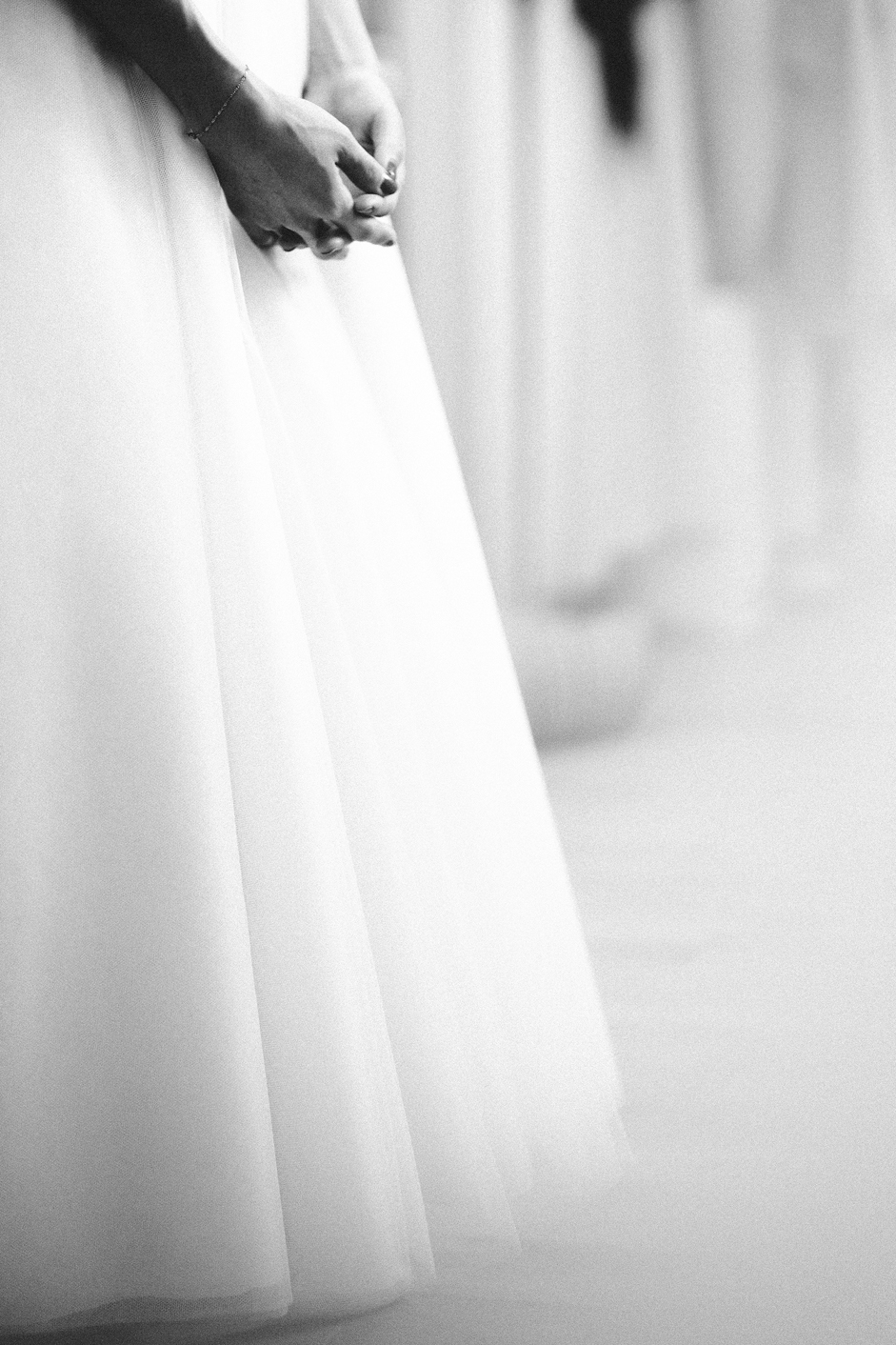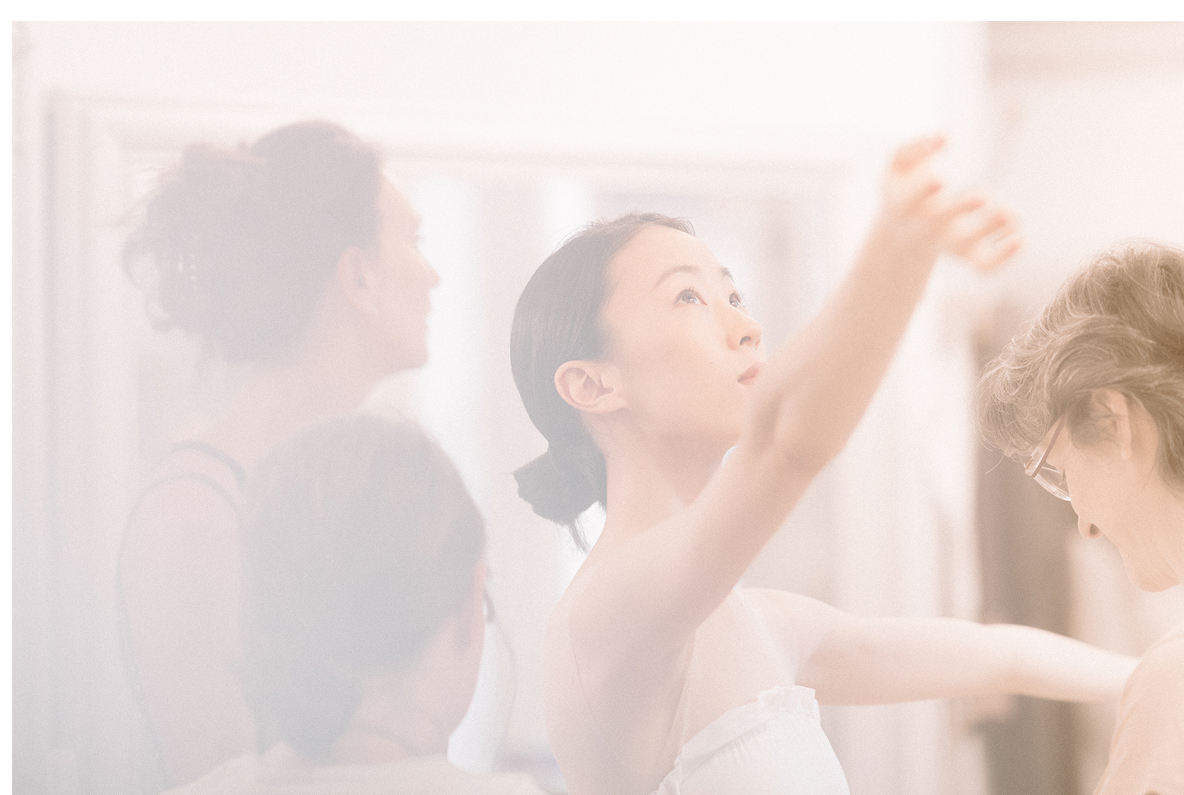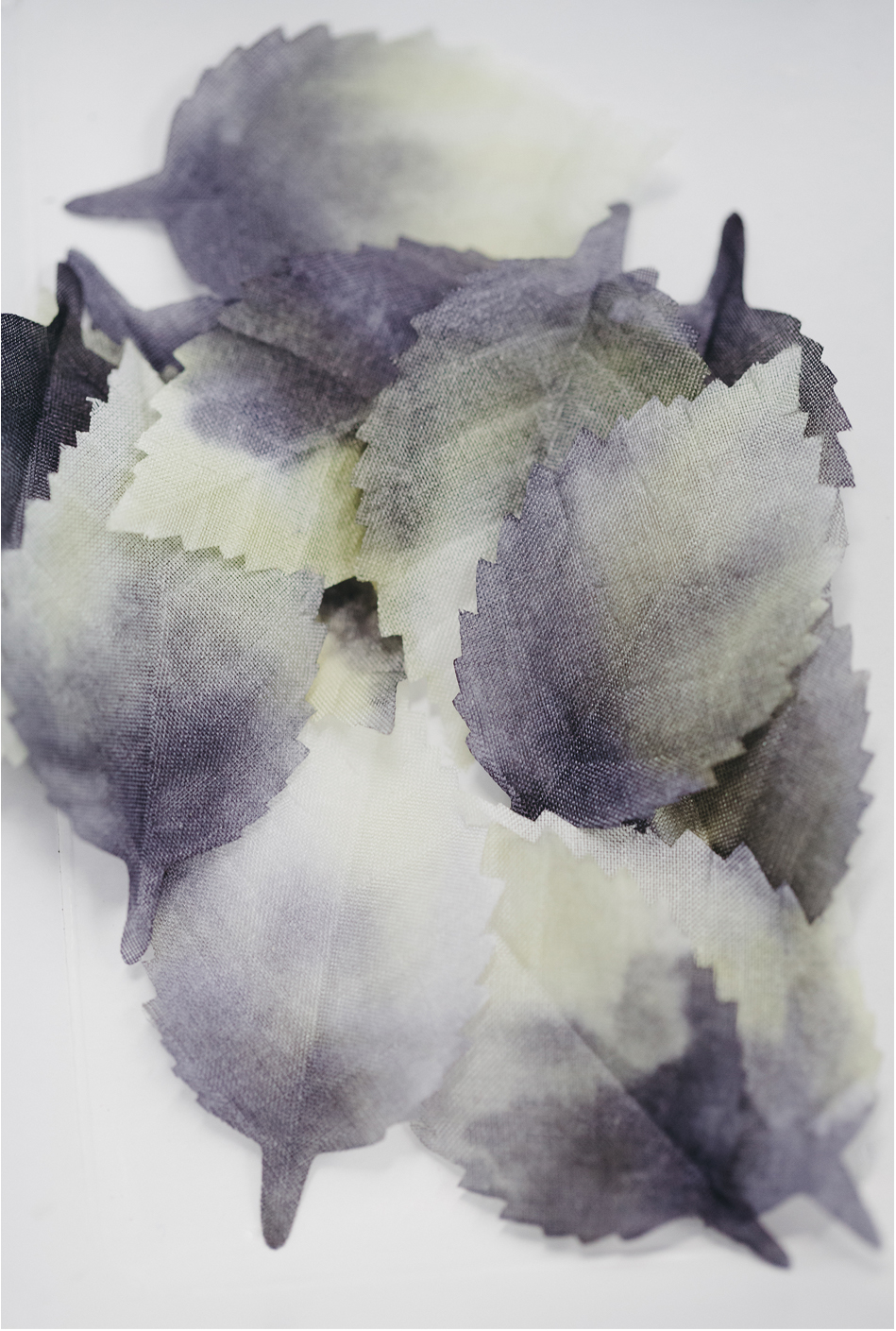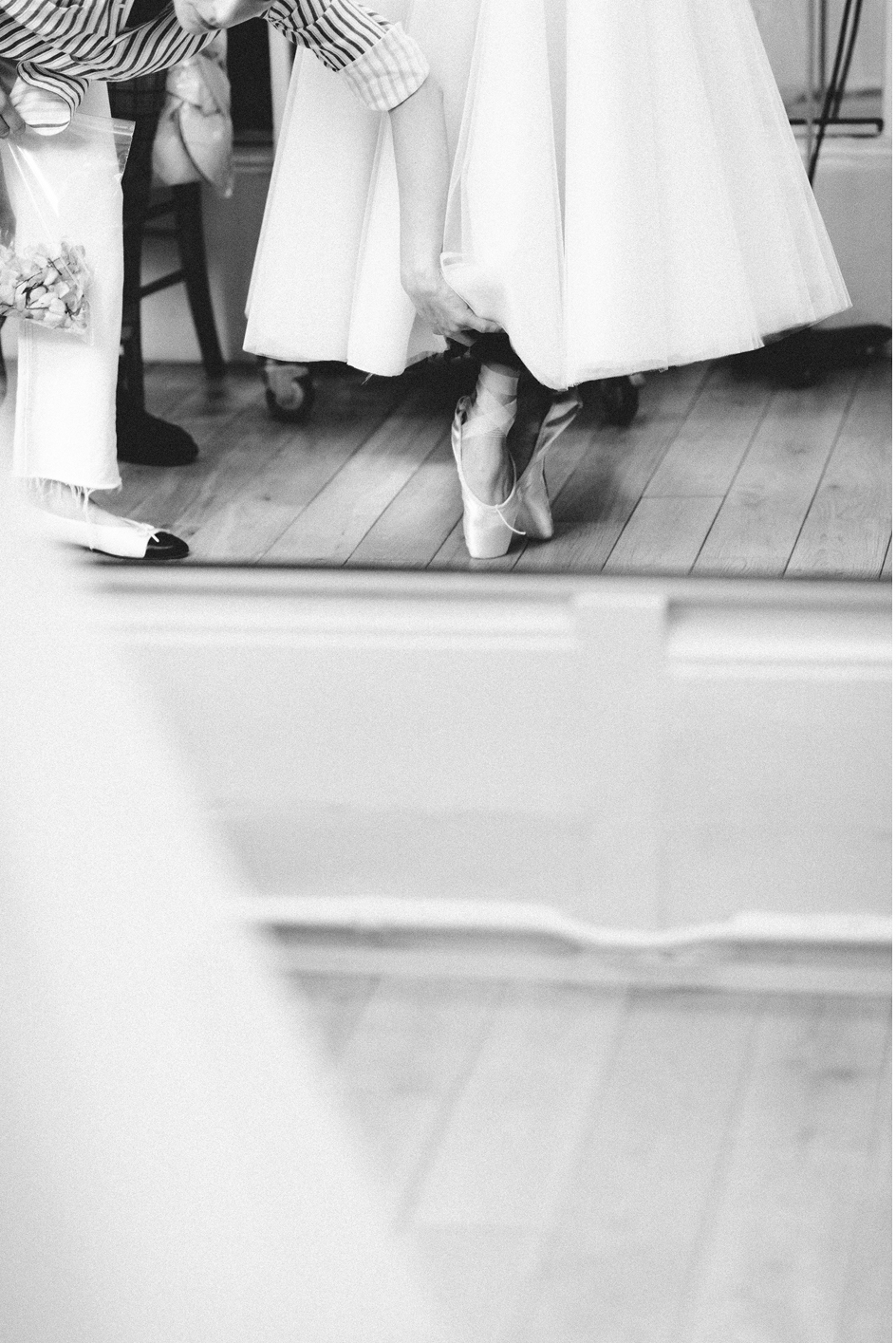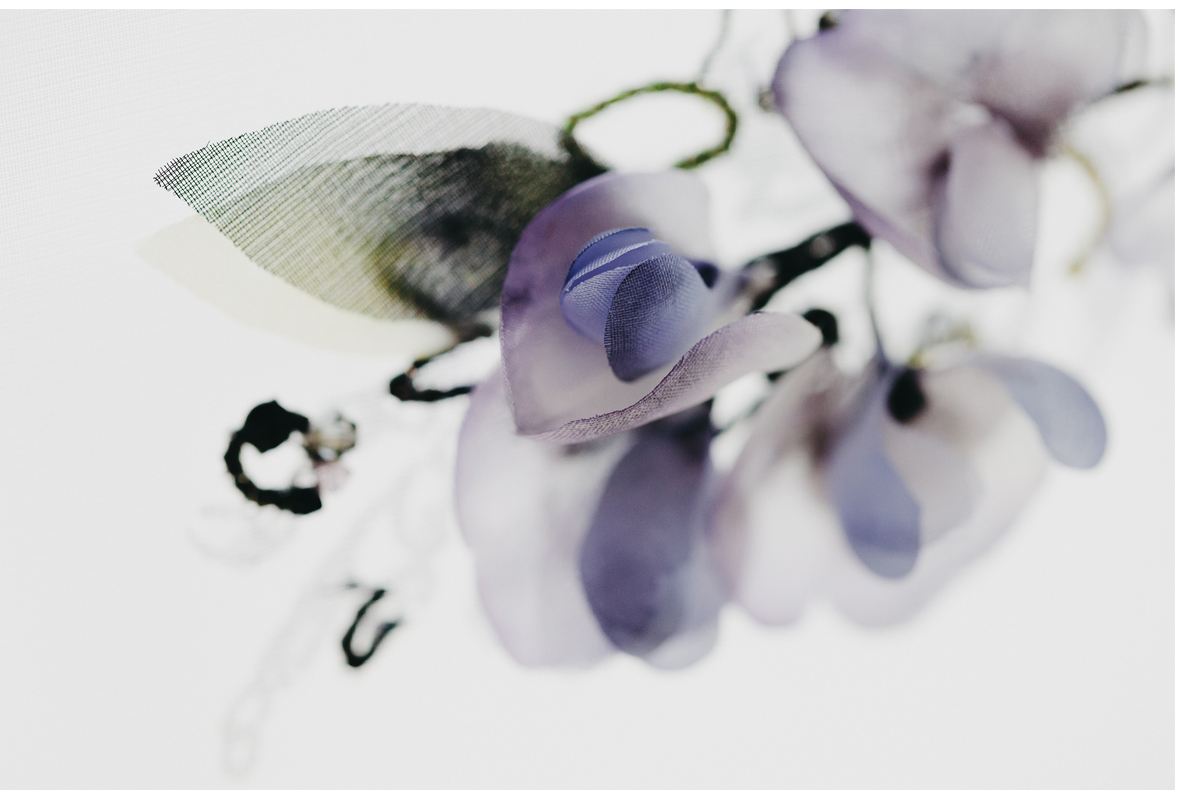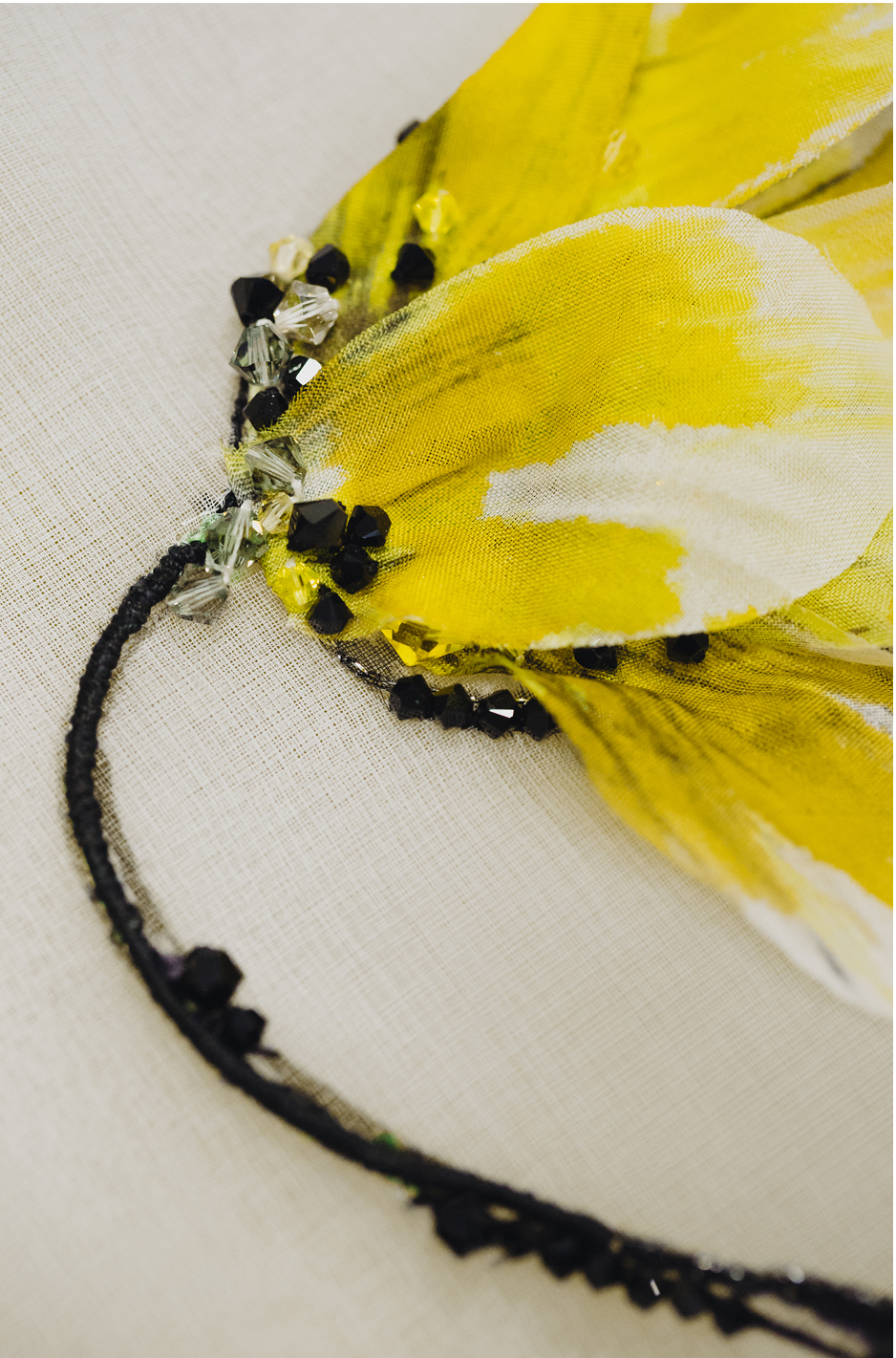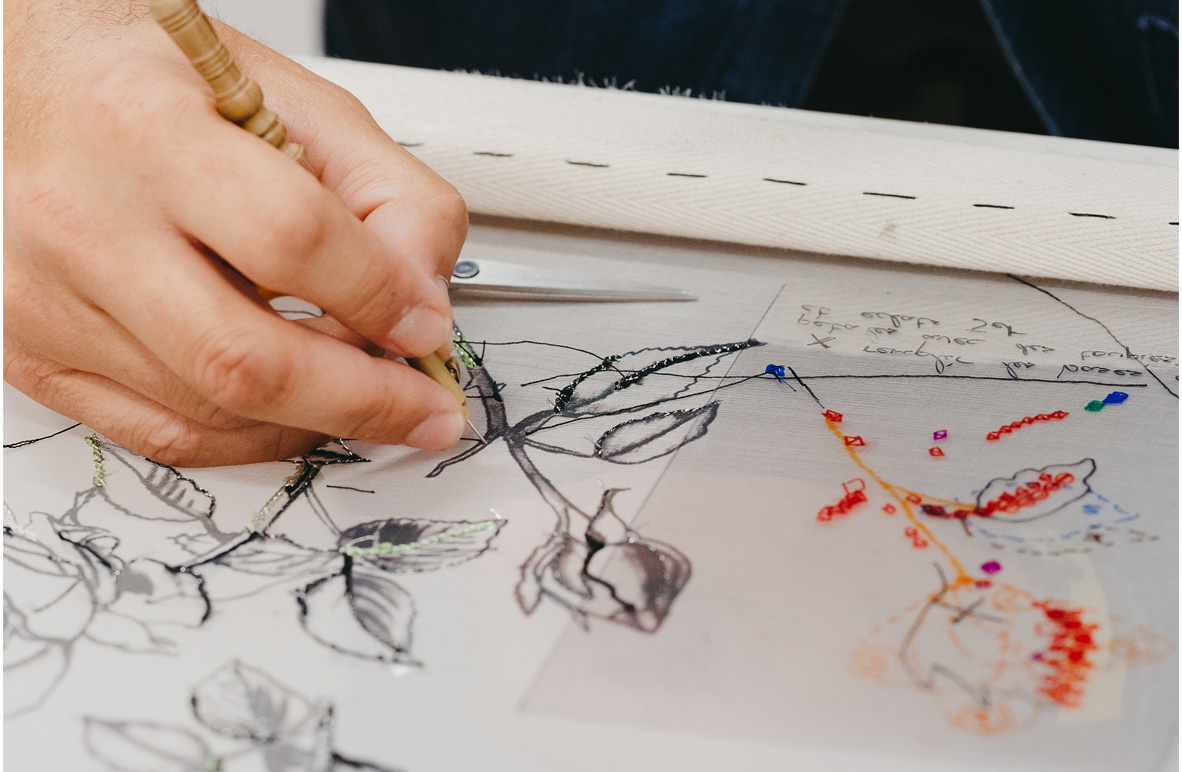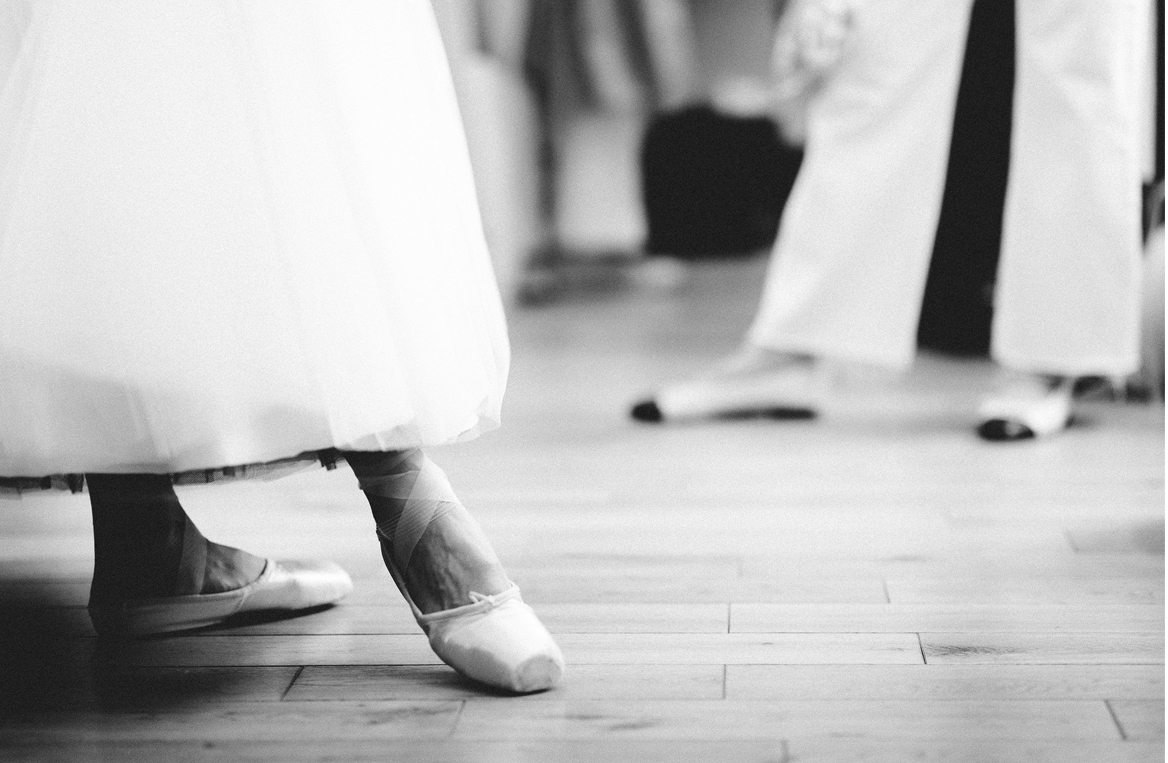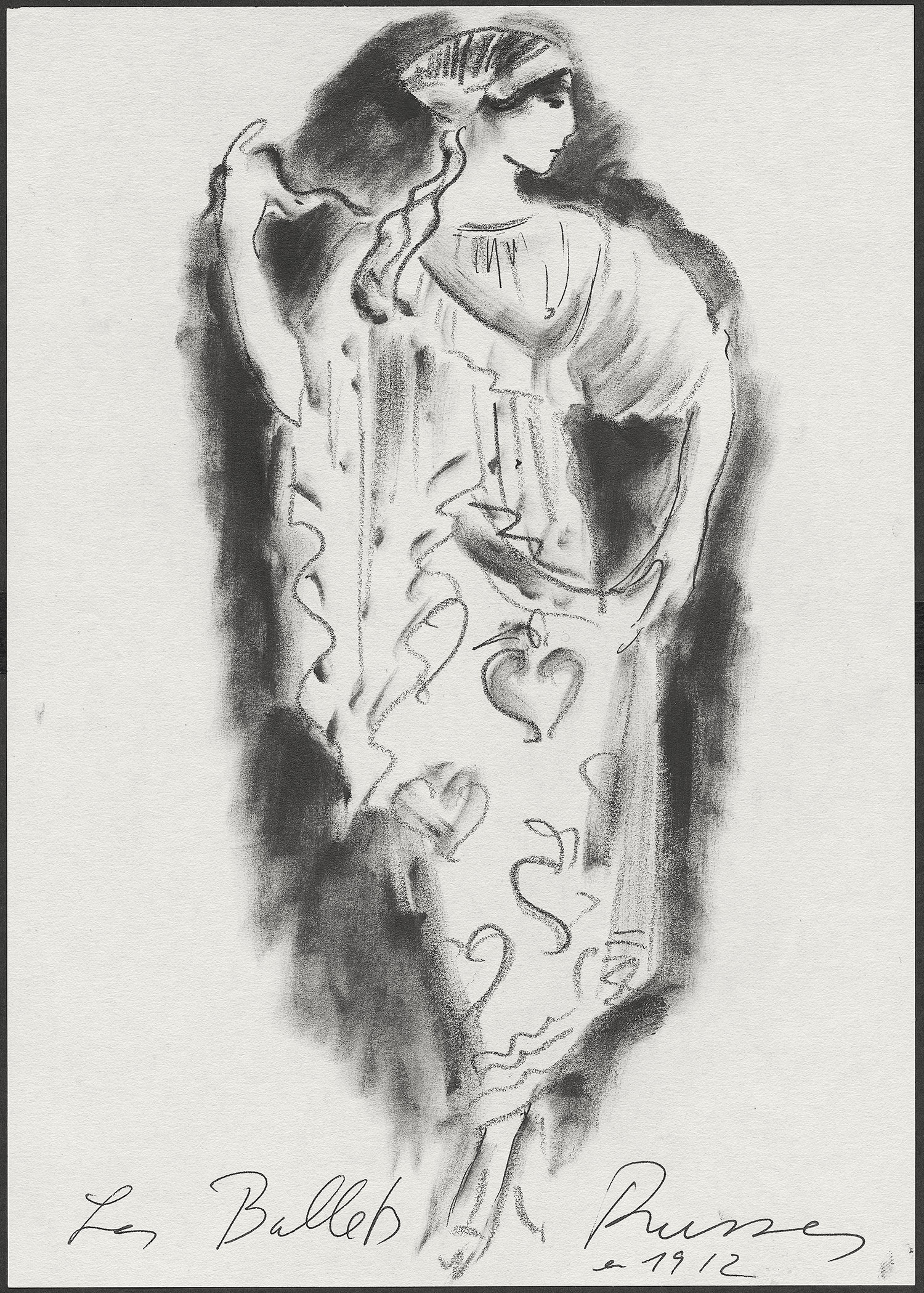
CHANEL and Dance
Dance as movement and a metaphor of freedom, dance as a language and an expression of beauty: the few dance lessons that Gabrielle Chanel took with Isadora Duncan and then Caryathis revealed her natural inclination towards precision and movement. But her fruitful collaborations with the greatest artists and choreographers of her time were less about the practice of dance, and more about elective affinities.
In 1913, with Boy Capel, the love of her life, Gabrielle Chanel saw, quite by chance, a performance of Stravinsky’s The Rite of Spring, choreographed by Nijinsky, the principal dancer in Sergei Diaghilev’s Ballets Russes. This piece of avant-garde ballet played a decisive role in her life. Misunderstood by a conservative public, the show provoked a veritable scandal. For the designer, it was like an aesthetic electric shock: she was captivated by this visionary œuvre. But it was her introduction, in 1917, to the liberated and visionary Misia Sert, a Polish socialite, pianist, muse and patron of the arts, married to the painter and muralist José Maria Sert, that would propel her into the world of dance. Thanks to Misia, who remained her dear friend for more than 30 years, Gabrielle Chanel would meet avant-garde artists who would also become her friends. Among them was Sergei Diaghilev who founded the Ballets Russes company and revolutionised the art of dance. A far cry from the outdated conventions of classical dance, the dazzling aesthetics of the Ballets Russes, where music, dance and the visual arts came together, rendered ballet a complete art. Diaghilev invited the greatest musicians, choreographers and painters of the day to take part in his pieces: from Mussorgsky to Prokofiev, Rimski-Korsakov to Debussy, from Satie to Ravel, Braque to De Chirico, Matisse to Picasso, Utrillo to Cocteau, to name but a few.
Gabrielle Chanel first met Sergei Diaghilev during a lunch with the Serts in Venice. She learnt that he wished to put The Rite of Spring back on but was struggling to find financial backing. She decided to help him, and thus embarked on her first act of patronage, with one condition, that no one would know of her involvement…. It was Boris Kochno, Diaghilev’s secretary, who disclosed the affair. The Rite of Spring resumed in Paris on December 15th1920.
In 1924, Gabrielle Chanel, who always focused on comfort and freedom of movement in her creations, put her daring and her vision to the service of dance with the costumes for Le Train bleu, produced by the Ballets Russes. The libretto was by Jean Cocteau, the music by Darius Milhaud, the grand drape and the program by Pablo Picasso. Le Train bleu takes its name from the luxurious train that linked England and Paris with the Côte d’Azur, and which, a few years later, Chanel would often take herself to stay at La Pausa, her villa in Roquebrune-Cap Martin. It was a ballet about the idle rich, having fun on a beach, bathing in the sea: a metaphor for 1920s society, and for which Gabrielle Chanel created the most con-temporary costumes, which could have been worn in real life. In the formal world of ballet, her silhouettes for the bathers, golfer and tennis player were nothing short of a revolution. Two of the costumes are preserved today at the Victoria & Albert Museum in London, and in 1992 the Le Train bleu entered the ballet repertoire at the Opéra de Paris.
An attentive Chanel noticed, during the final rehearsals, that while soft and comfortable, her costumes were restricting movement. The couturier reworked her designs directly on the dancers. “Always remove, always take away. Never add anything… Nothing is more beautiful than the freedom of the body (…)” This ballet was a unique experience for Chanel, allowing her to offer the very quintessence of her art. The costumes for the original ballet, with their incredible modernity, later inspired Karl Lagerfeld for the swimwear in the Spring-Summer 1998 Ready-to-Wear collection.
Gabrielle Chanel worked on another of Diaghilev’s creations in April 1929: Apollon Musagète, composed by Stravinsky, with choreography by Balanchine. She created astonishingly modern togas with pleats held by tie silk. Once again, the performance was met with a standing ovation by le Tout-Paris, and the opening night was followed by a memorable ball hosted by Chanel.
The death of Sergei Diaghilev in August 1929 brought the Ballets Russes adventure to an end: Misia and Gabrielle organised the funeral of their friend at the San Michele cemetery in Venice, dressed in white, according to his wishes. Ten years later for the exhibition Diaghilev’s Ballets Russes –1909 to 1929, organised by Serge Lifar at the Musée des Arts Décoratifs in Paris, Mademoiselle Chanel lent Stravinsky’s handwritten music score to The Rite of Spring 1911-1913, today regarded as the manifesto of modern music. An example remains preserved in CHANEL’s Patrimoine collection.
The same year, Salvador Dalí and Chanel combined their talents to create costumes for the Bacchanale ballet, by the Ballets Russes de Monte Carlo in New York. On the subject of Gabrielle Chanel’s creations, Dalí wrote, “Chanel will design the most sumptuous and the most marvellous costumes with a crazy profusion of ermine and jewellery”. Sadly, the war would prevent the costumes making it across the Atlantic. The ballet was performed on November 9th 1939 with a different set of costumes.
Ever since fashion and dance were so majestically brought together by Diaghilev in his Ballets Russes, these two arts, based on movement and the ephemeral, have been inseparable for the House of CHANEL. Passionate about all the arts, Karl Lagerfeld collaborated on numerous occasions with choreographers. In 1986 and 1987, he imagined the costumes for two ballets by the German choreographer Uwe Scholz. In 2009, for CHANEL, he created Elena Glurjidze’s outfit for The Dying Swan. It took more than 100 hours of work in the Lemarié ateliers to create the tutu made of more than 2500 feathers. And in 2016, at the request of Benjamin Millepied, he created the sets and the costumes for the Brahms-Schönberg Quartet ballet with a choreography by Balanchine.
Continuing the patronage work of its founder, the House of CHANEL has been the official partner of the Nijinsky Awards Ceremony in Monaco since the year 2000, and since 2018, the patron of the Gala opening of the dance season at the Opéra de Paris. Last year Ohad Naharin’s Decadance entered the repertoire, with extracts from the emblematic creations by the Israeli choreographer and notably Bolero, performed by Aurélie Dupont, Director of Dance at the Opéra national de Paris and Diana Vishneva prima ballerina of the Mariisnky Ballet, in costumes created especially by Karl Lagerfeld for CHANEL.
This season, after the presentation of the Ballet, a tradition dear to the Opéra de Paris, established by Serge Lifar, the Gala opening of the 2019/2020 dance season of the Opéra de Paris will present a ballet choreographed by the very same Serge Lifar, Variations, set to the music of Franz Schubert, in costumes revisited especially by the House of CHANEL, under the direction of Virginie Viard, Artistic Director of the Fashion collections. The program will also offer extracts of great ballets from the choreographic repertoire: Trois Préludes by Ben Stevenson, Tchaïkovski Pas de deux by George Balanchine, ab [intra] by Rafael Bonachela, and Blake Works I by William Forsythe. An exceptional evening that celebrates the House of CHANEL’s vibrant and eternal links with dance, and as Aurélie Dupont, Director of Dance at the Opéra national de Paris, says: “Just like the Opéra de Paris, the House of CHANEL is an institution, both classical and contemporary: it has an incredible heritage, but also a strength, a modernity and an open-mind.”
CHANEL – PATRON OF THE GALA OPENING FOR THE 2019/2020 DANCE SEASON OF THE OPÉRA NATIONAL DE PARIS
For the second consecutive season, the House of CHANEL is the patron of the Gala opening night for the dance season of the Opéra national de Paris, with the performance taking place on September 20th 2019 at the Palais Garnier.
The House of CHANEL’s intimate links with dance follow in the footsteps of Gabrielle Chanel: fascinated by movement and a keen adherent of comfort, right from the start she drew inspiration from dancing to invent a new freedom for the silhouette. The designer loved being surrounded by the artists of her era and was a friend and patron of Serge Diaghilev, the founder of the Ballets Russes. She made the costumes for several ballets, most notably Le Train bleu in 1924, which marked the era with its utterly contemporary vision of dance costumes.
The Gala opening evening for the 2019/2020 dance season of the Opéra de Paris continues these artistic affinities. After the presentation of the Ballet, a tradition dear to the Opéra de Paris, established by Serge Lifar, the performance will present a ballet choreographed by the very same Serge Lifar, Variations, set to the music of Franz Schubert, in costumes revisited by the House of CHANEL, under the direction of Virginie Viard, Artistic Director of the Fashion collections. The program will also offer extracts of great ballets from the choreographic repertoire: Trois Préludes by Ben Stevenson, Tchaïkovski Pas de deux by George Balanchine, ab [intra] by Rafael Bonachela, and Blake Works I by William Forsythe.
An exceptional evening that celebrates the House of CHANEL’s vibrant and eternal links with dance, and as Aurélie Dupont, Director of Dance at the Opéra national de Paris, says: “Just like the Opéra de Paris, the House of CHANEL is an institution, both classical and contemporary: it has an incredible heritage, but also a strength, a modernity and an open-mind.”
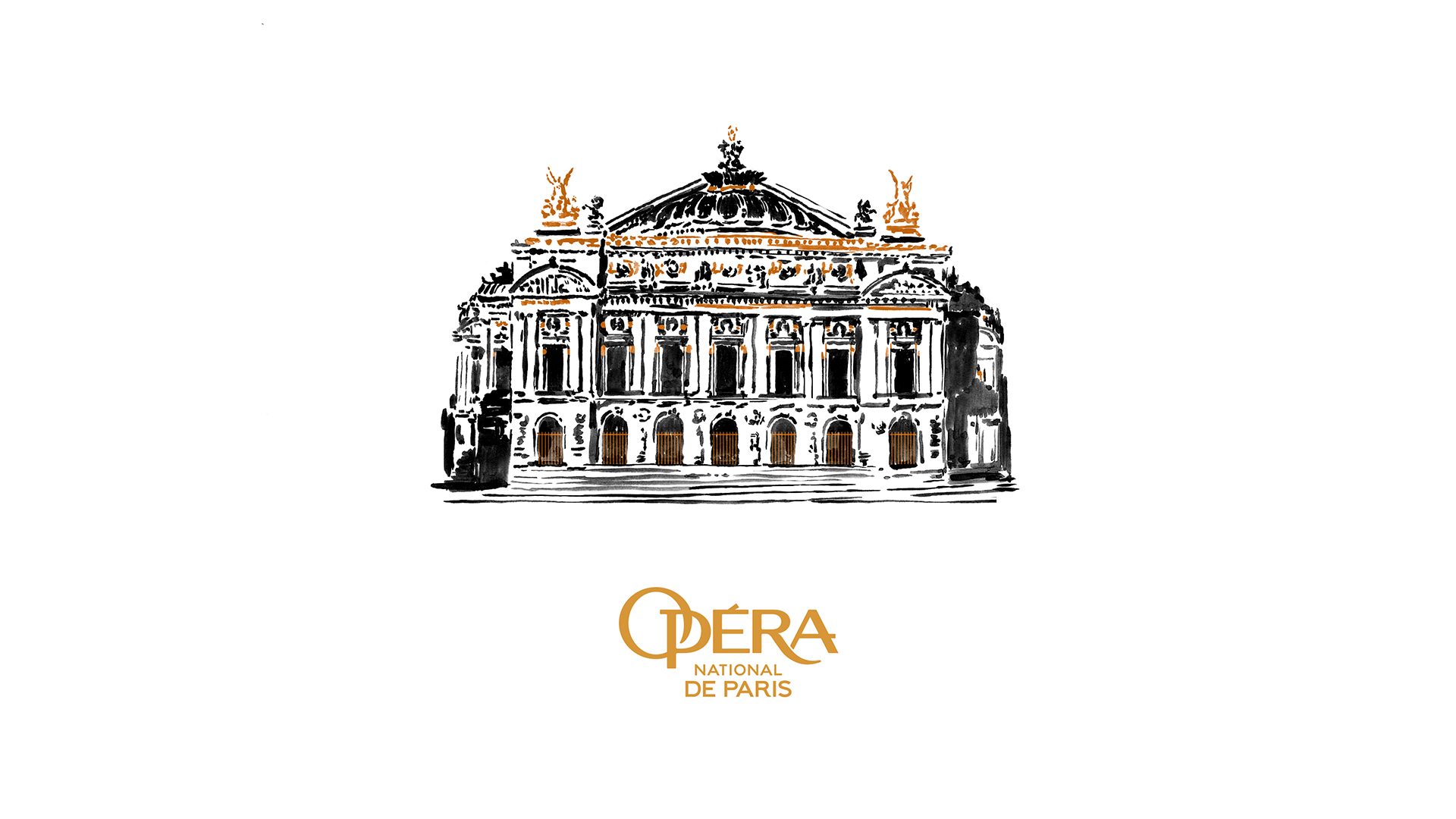
20th of September 2019 The Opening Gala for 2019/2020 Season at Palais Garnier
Socials to be active by 7:30 PM
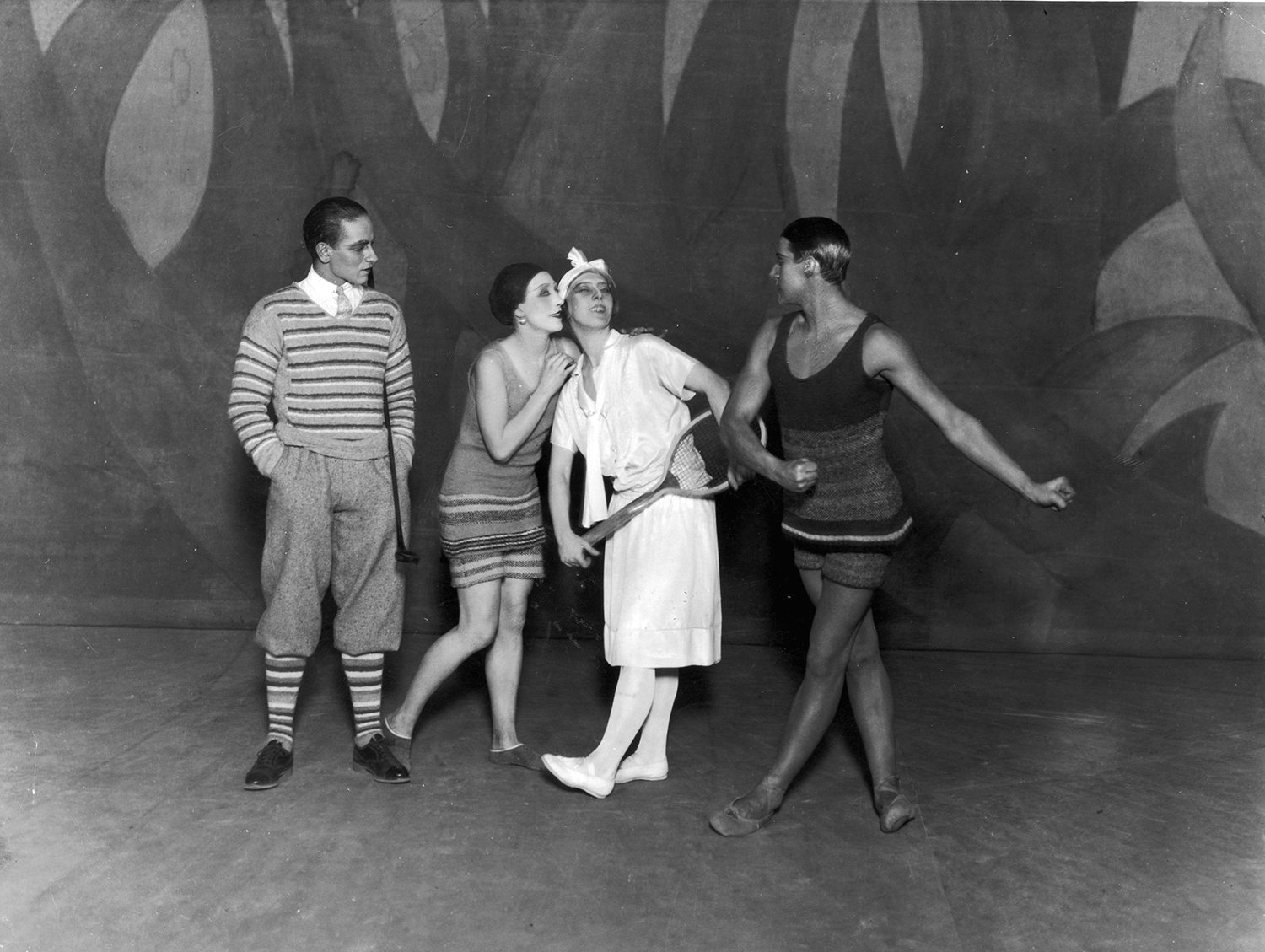
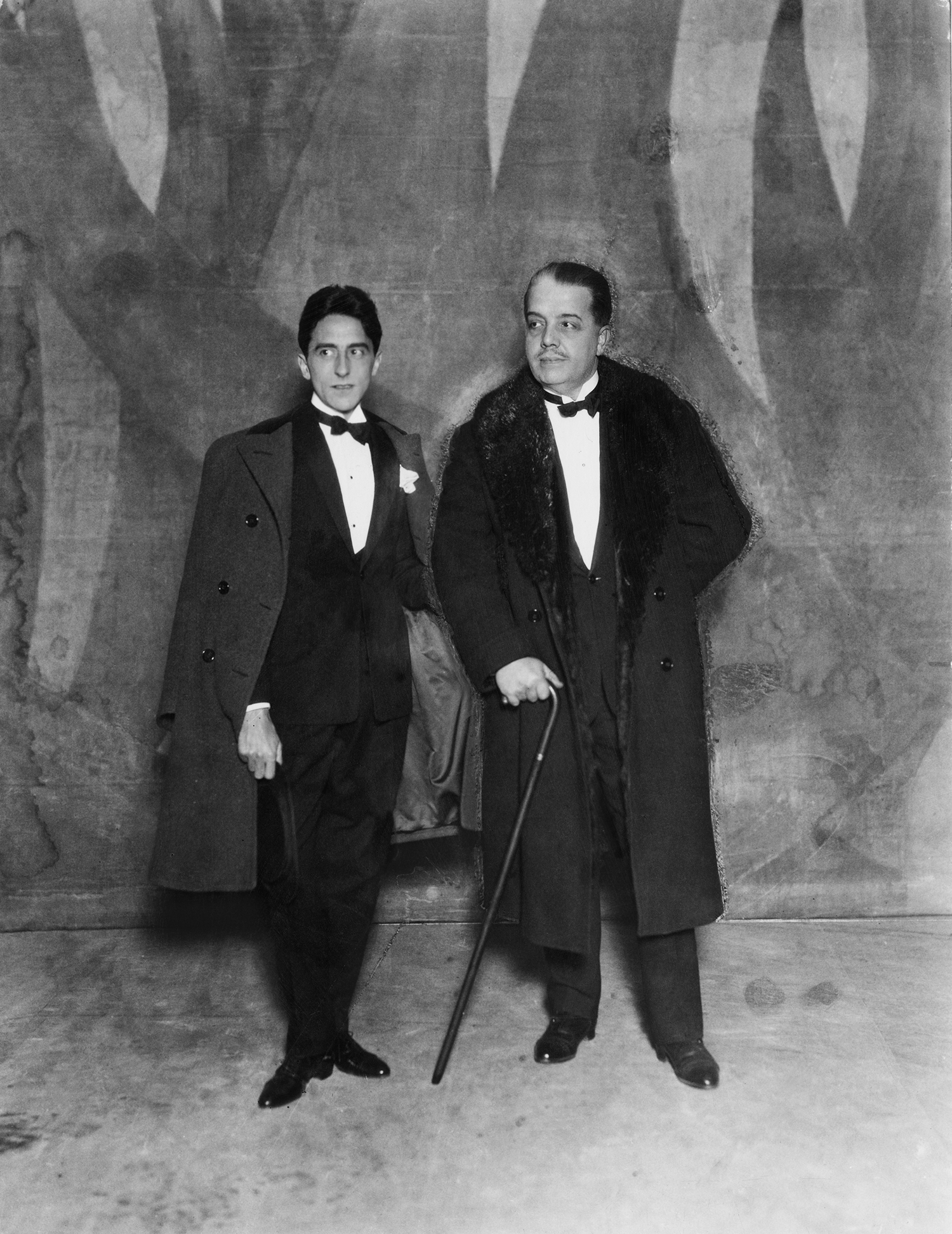
THE COSTUMES FOR VARIATIONS REVISITED BY THE HOUSE OF CHANEL
Attached to the spirit of its founder, the House of CHANEL has, since 2018, been the patron of the Gala opening of the dance season at the Opéra national de Paris. This season, Variations, a ballet choreographed by Gabrielle Chanel’s friend, Serge Lifar, has been presented, in costumes revisited by the House of CHANEL under the direction of Virginie Viard, Artistic Director of the CHANEL Fashion collections. An exceptional evening that celebrates the House of CHANEL’s vibrant and eternal links with dance.
Rose, lily, tulip, wisteria, cornflower and violet: each of the six principal dancers in Variations embodies a flower. The silk tulle tutus are of a minimal purity, the black punctuating the underside of the skirt with its graphic modernity, highlights the movements of the dancers. The House of Lemarié, floral parurier, which belongs to CHANEL’s Fashion Métiers d’art, made the flowers for each costume: on a gossamer silk organza, beads, green and silver grey lurex threads and silk petals in pastel hues draw a bouquet of flowers in relief, delicately affixed on a black line painted by hand.
Pictures Courtesy of CHANEL
